Traditionally, earbuds and headphones have delivered stereo sound, essentially replicating how we hear the world with two ears. Spatial Audio takes it a step further, creating a three-dimensional soundscape that mimics how sound travels in real life. Imagine the difference between a flat picture and a virtual reality headset - that's the leap Spatial Audio offers.
But how exactly does it work? Unlike stereo, which simply sends different audio channels to each ear, Spatial Audio uses sophisticated algorithms to manipulate sound waves. These algorithms consider factors like direction, distance, and reflection, creating a sense of depth and positioning within a virtual space.
Here's a breakdown of the key technologies behind Spatial Audio:
- Head Tracking: Imagine tiny gyroscopes embedded in your earbuds, constantly tracking the movement of your head. This allows the soundscape to remain dynamic, adjusting as you turn your head, just like in real life.
- HRTF (Head-Related Transfer Function): This fancy term refers to the unique way our anatomy shapes sound waves reaching our ears. Spatial Audio leverages HRTFs to personalise the experience, taking into account the size and shape of your head and ears.
The combination of these technologies creates an incredibly realistic and immersive listening experience. Let's delve into some of the ways Spatial Audio is transforming the world of entertainment:
- Movies and TV Shows: Imagine watching a movie where a spaceship whizzes over your head or a character whispers secrets directly in your ear. Spatial Audio brings movies and shows to life, placing you right in the heart of the action. Dialogue becomes clearer, sound effects more impactful, and the overall experience far more engaging.
- Gaming: For gamers, Spatial Audio is a game-changer (pun intended!). Imagine hearing footsteps precisely from behind you, bullets whizzing past your head, or the roar of an approaching enemy from a specific direction. This level of aural awareness gives gamers a significant competitive edge and allows them to become fully immersed in the virtual world.
- Music: Spatial Audio isn't just about recreating real-world environments. It can also be used to create entirely new sonic experiences in music. Artists can use Spatial Audio to position instruments and vocals in a virtual space, crafting a 360-degree listening experience that feels fresh and innovative.
- Virtual and Augmented Reality (VR/AR): As VR and AR technology continues to evolve, Spatial Audio plays a crucial role in creating a truly believable experience. Imagine exploring a virtual world where soundscapes seamlessly adapt to your movements, further blurring the lines between reality and simulation.
So, are Spatial Audio earbuds right for you?
If you're looking for a richer, more immersive listening experience, Spatial Audio is definitely worth considering. However, there are a few things to keep in mind:
- Compatibility: Not all content is currently mastered for Spatial Audio. You'll need to find movies, music, and games specifically designed to take advantage of this technology.
- Hardware: Not all earbuds support Spatial Audio. Look for earbuds that advertise compatibility with Dolby Atmos or similar spatial audio formats.
- Price: Spatial Audio earbuds may be slightly more expensive than traditional models.
The Future of Spatial Audio
Spatial Audio is still a relatively new technology, but it holds immense potential. As content creators and hardware manufacturers embrace this innovation, we can expect to see even more immersive and realistic listening experiences in the years to come. Imagine attending a virtual concert where the sound feels like you're right there in the crowd, or participating in a VR training simulation where every sound feels authentically real.
Spatial Audio is more than just a gimmick; it's a paradigm shift in how we experience sound. So, put on your Spatial Audio earbuds, close your eyes, and get ready to be transported to a whole new world of sonic possibilities.






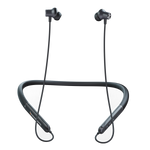

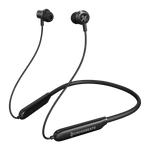













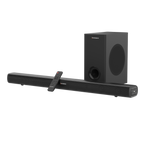
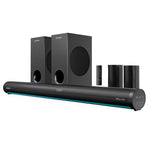
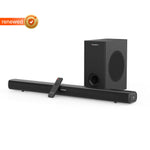
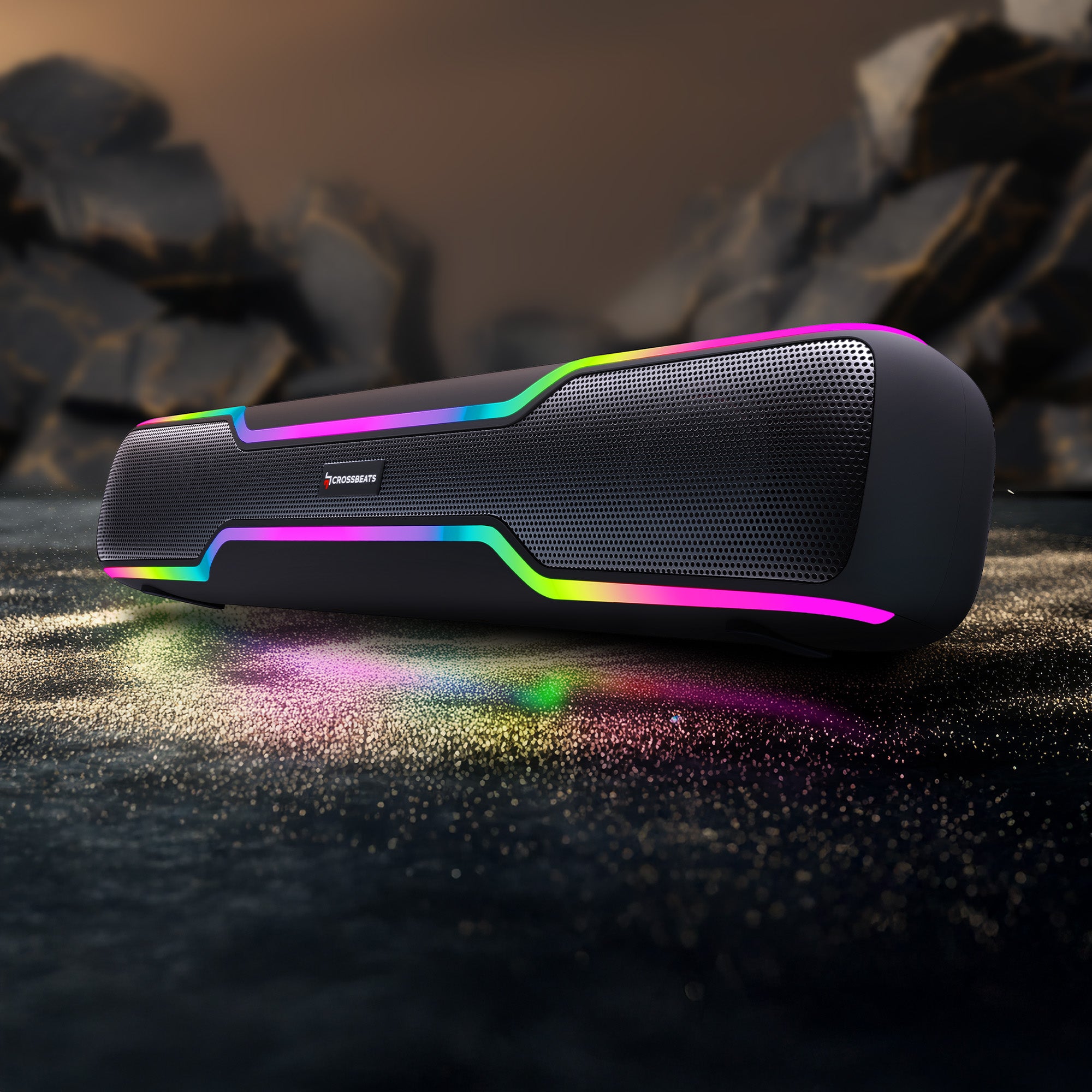






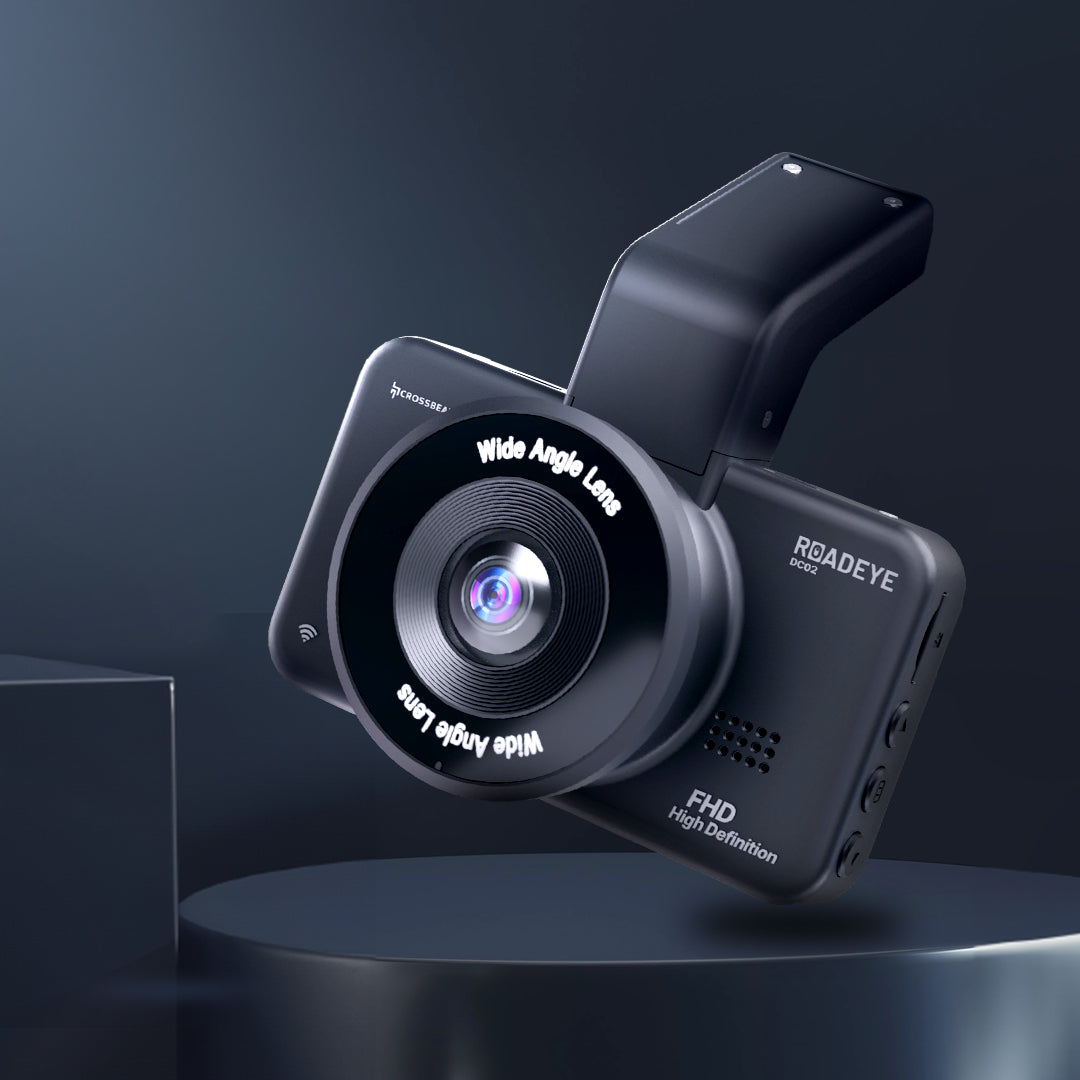
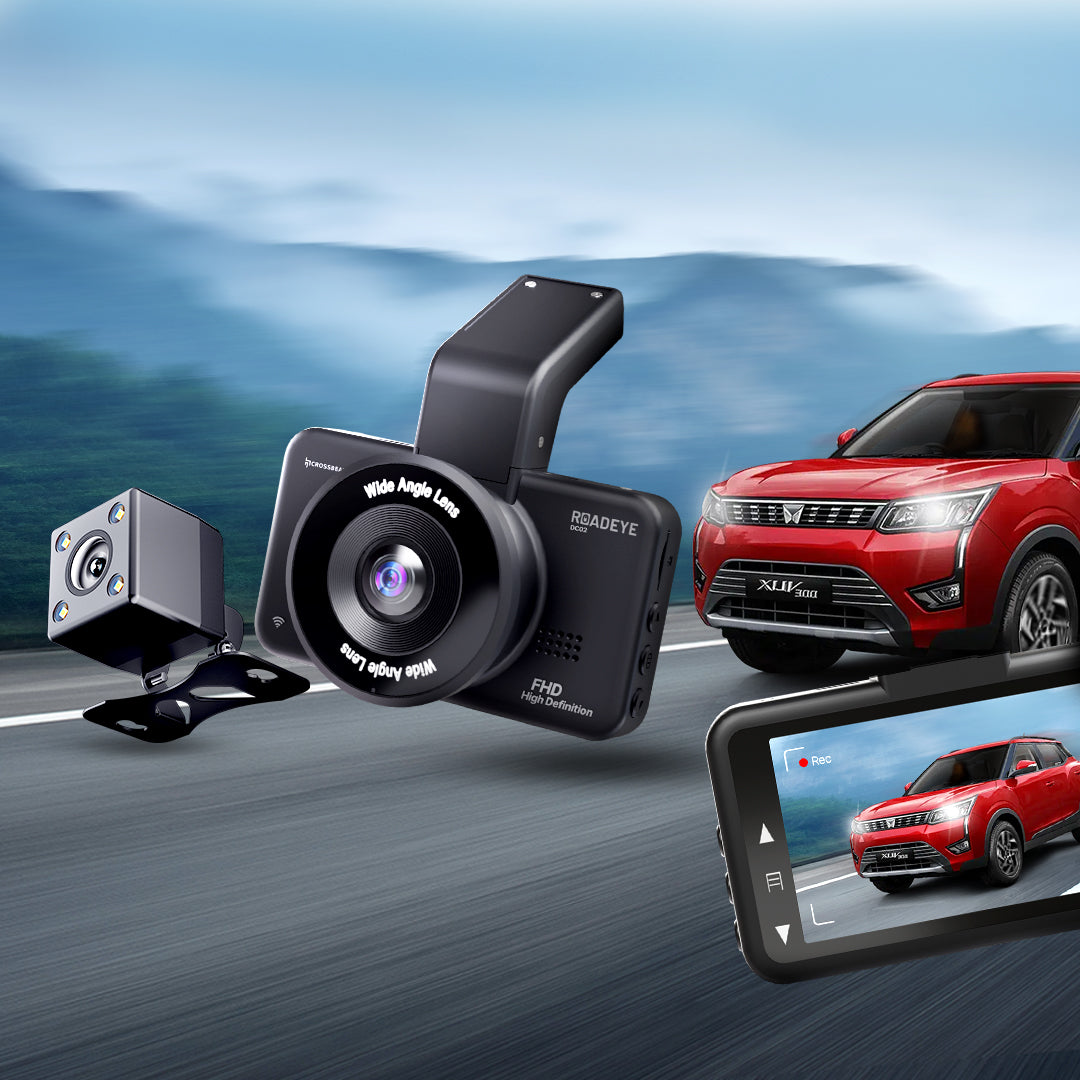
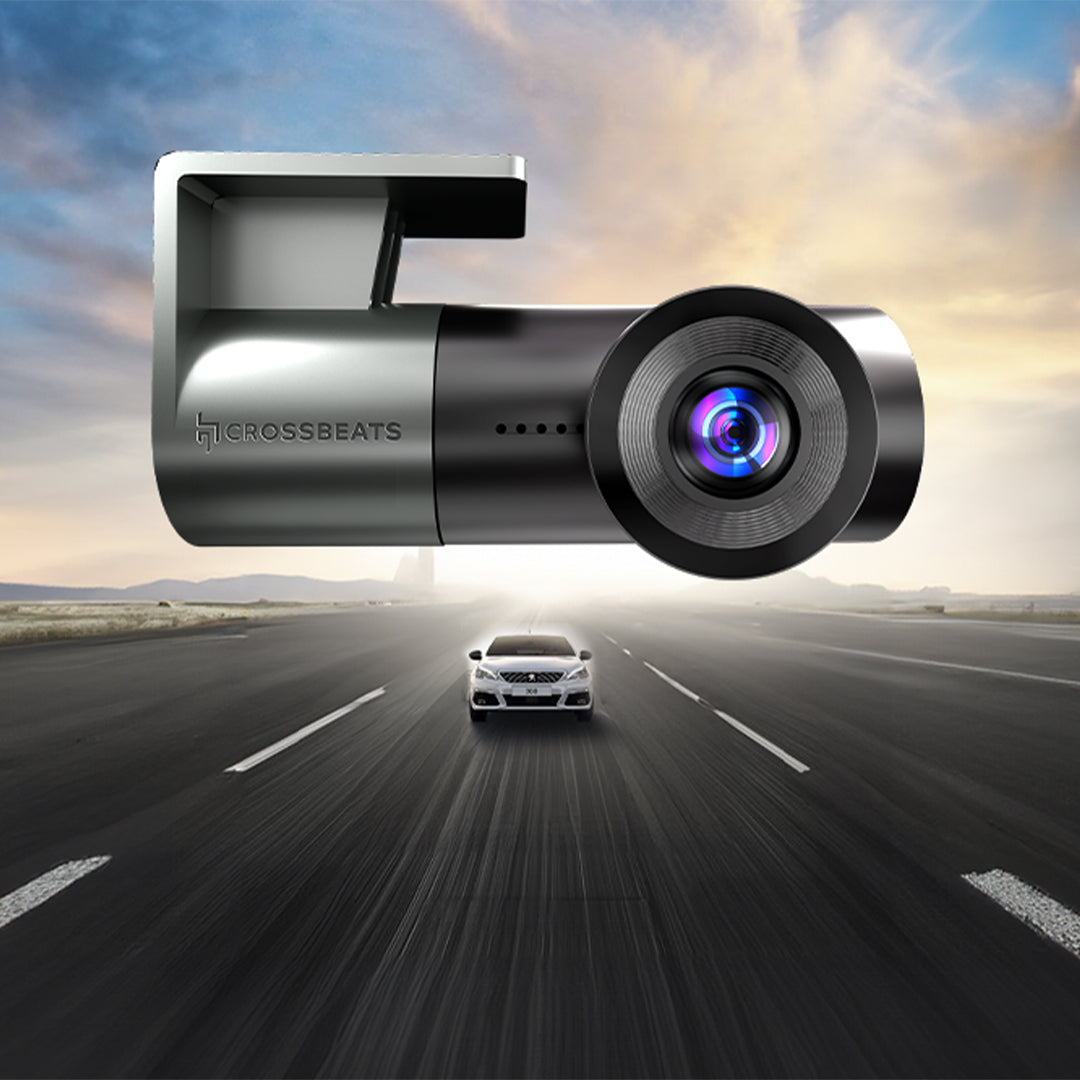


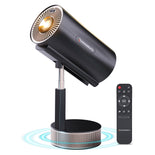


























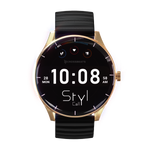

















Leave a comment
All comments are moderated before being published.
This site is protected by hCaptcha and the hCaptcha Privacy Policy and Terms of Service apply.